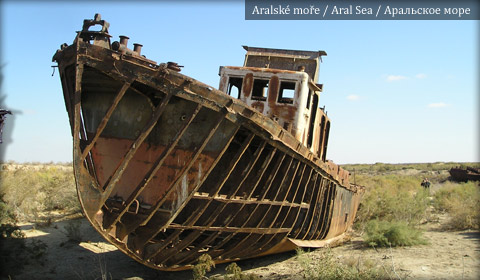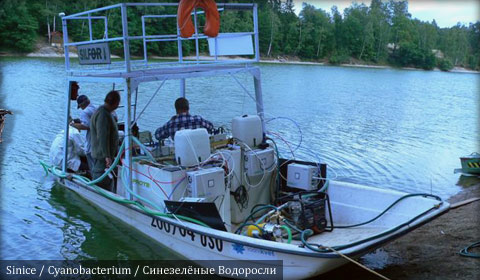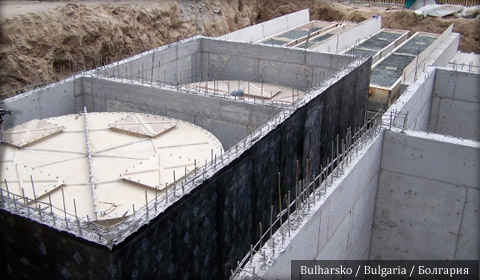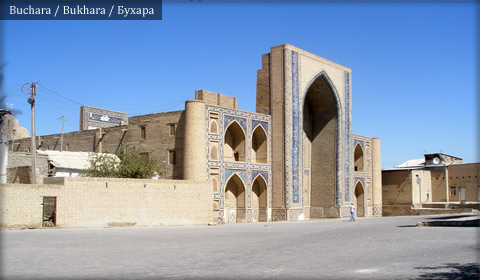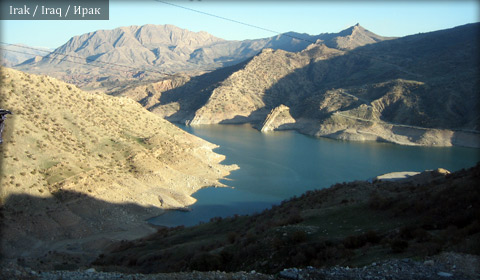Main menu | Content | Change Language
Decontamination Work | PROTE - Progressive technology in Ecology
Decontamination Work
- determination of the pollution
- investigative study of the pollution, including any necessary risk analysis, with determination of the target parameters
- economic-technical feasibility study
- submission and approval of the implementation project with the decision of the administrative authority, including a timetable for work and a financial calendar
Site of implementation
- In situ
- Decontamination in situ is carried out directly in a geological environment that is sufficiently permeable, where optimum conditions can be created - e.g. biodegradation, bioventing, flushing (detergents), air sparging, venting, decontamination pumping, etc.
- On situ
- Decontamination on situ is carried out on the surface at the site of implementation of the primary decontamination work - e.g. on biodegradation areas, treatment of contaminated waters, etc.
- Ex situ
- Decontamination ex situ is carried out "away from the locality" on external biodegradation areas, compost plants, incineration plants, landfills, etc.
- Ex situ biodegradation areas
- Our decontamination areas are employed to decrease the concentrations of specified contaminants, or for complete elimination of these substances (various types of hydrocarbons). They are also employed for decontamination ex situ, or to decrease extreme contamination so that the waste can be placed on landfills. The transportation of the contaminated material to the area makes it far more permeable and homogeneous and thus more suitable for the degradation process.
- Ex situ composting plants
- These consist in external areas that are used to produce compost. This is a very advantageous process for disposal of treatment-plant sludges or selected petroleum hydrocarbons.
Monitoring
All the work carried out is monitored. To facilitate comparison, the conditions at the locality are monitored prior to commencing the work, during the work and after completion of the work. In addition, they are compared with background measurements. The monitoring work includes both the saturated and unsaturated zones. Choice of the method to be used depends on the goals of the work, the requirements and the possibilities at the location. We are using following monitoring methods:
- Elimination of contamination by petroleum, phenols, PAH
- Minimization and intensification of operations - management of petroleum products
- Dealing with emergencies, escape of petroleum substances
- Carrying out of various types of investigative work, including monitoring
- Preparation of a final report and expert reports by the responsible entity
- Prevention of major accidents, emergency plans
- Decontamination projects
- Biotechnology, consulting
- Collection and protection of ground water
- Taking samples of soils, water, soil air
- Consulting in the area of waste management according to Act No. 185/2001 Coll.
- Cleaning of separators of petroleum substance, disposal of sludges according to Act No. 185/2001 Coll.
- Assessment of the hazardous properties of wastes
- Decontamination of environmental burdens from the past
- Designing of "made-to-measure" projects, including legal permits
- Assessment of technology in relation to waste generation
- Feasibility projects
- Drafts, studies, tender project plans
- Technical-economic evaluation
- Studies of environmental pollution
